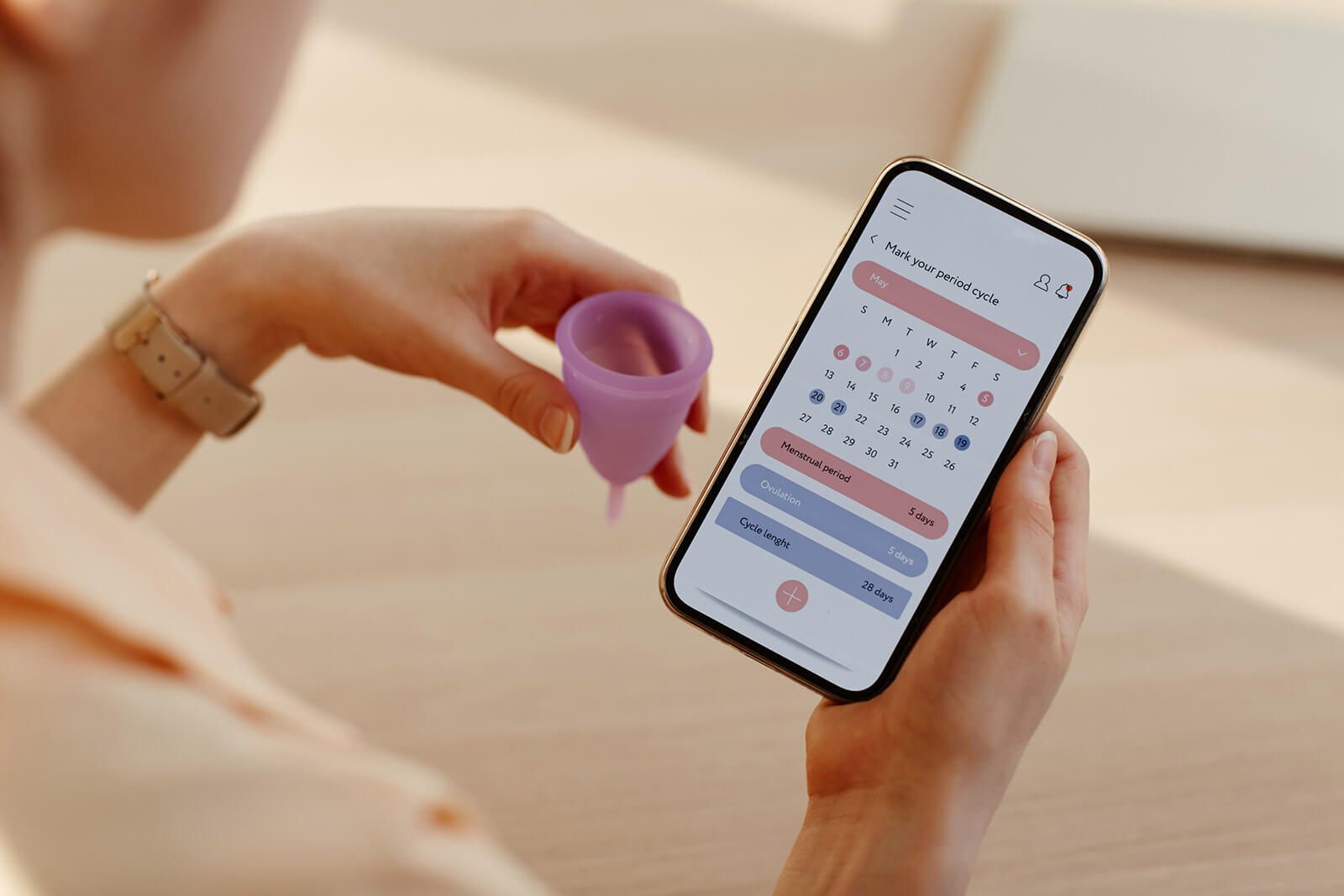
Individual
CONTRACEPTIVE METHODS
Choosing your method of contraception highly depends on your personal life circumstances and an individual evaluation of pros and cons.
Overview of various contraceptive methods
Numerous methods are available to prevent pregnancy - including natural methods, hormonal contraceptives, barrier methods such as condoms and permanent solutions such as sterilization.
As these options sometimes differ significantly in terms of safety, handling and possible side effects, thorough research and individual medical advice are particularly important before choosing the right method.
IUD: variants, application and important information
Here you will find comprehensive information on the use of an intrauterine device - also known as an “IUD”.
The term originates from the first models, which were spiral-shaped. Today's IUDs, however, usually have a T or other compact shape. There are basically two main types: hormone-containing IUDs (hormone IUDs) and copper-containing IUDs (copper IUDs).
Intrauterine Device (IUD)
Intrauterine device (IUD) is a small, flexible plastic frame, surrounded from a small hormone cylinder by which a small amount of a progestin is constantly released into the uterus. This leads to a thickening of the mucus in the cervix, which hinders the sperm to rise. The growth of the mucous membrane of the uterus is suppressed, which reduces or completely stops bleeding.
Copper coil
The copper coil (or IUD) is made of plastic and copper. It's put into the womb during menstruation and lasts 3 to 5 years. The copper stops the sperm and egg from surviving inside the womb and fallopian tubes, so sperm cannot fertilise an egg.
Die Spirale zählt zu den langfristigen, zuverlässigen Verhütungsmethoden, schützt jedoch nicht vor sexuell übertragbaren Krankheiten wie HIV/AIDS oder Hepatitis B.
Bei wechselnden Sexualpartnern wird deshalb empfohlen, zusätzlich ein Kondom zu verwenden, um Infektionen vorzubeugen.
Copper IUD or hormonal IUD: Which contraceptive method is right for you?
Many women switch from the pill to the IUD to avoid side effects such as loss of libido or depression. If you suffer from these symptoms, the copper IUD is a good option as it is hormone-free. Hormone IUDs can cause similar side effects to the pill, although they work locally.
However, the hormonal coil can be helpful for heavy periods or painful periods, as it reduces bleeding and relieves pain.

Here you find disclosure and consent form with all the details.
Please download the form before your appointment and read it carefully.
You can also find it at DOWNLOADS .
The pill
The birth control pill works by stopping sperm from joining with an egg. The hormones in the pill stop ovulation. No ovulation means there’s no egg hanging around for sperm to fertilize, so pregnancy can’t happen.

Contraceptive implant
A contraceptive implant is a 4cm long and 2mm thin soft plastic rod. Contraceptive implants are inhibits ovulation for three years.
Contraceptive patch
The birth control patch is a thin, beige or transparent patch. The combination of the hormones progesterone and estrogen in the patch prevents ovulation and therefore a pregnancy. The Patch sticks on the first day of menstruation to the skin and will changed once a week for 3 weeks ..... then one week off.
Contraceptive vaginal ring
The contraceptive vaginal ring is a small, flexible, plastic ring with 54mm outside diameter and 4mm thickness, that is inserted in the vagina. The ring contains the same hormones (progestin and estrogen) found in most birth control pills and inhibits ovulation.
3-month injection
The depot injection is a long-term contraceptive. It contains the hormone progestin in high doses and inhibits ovulation over a period of about 12 weeks. Depending on the preparation, the three-month injection is administered into the muscles or under the skin.